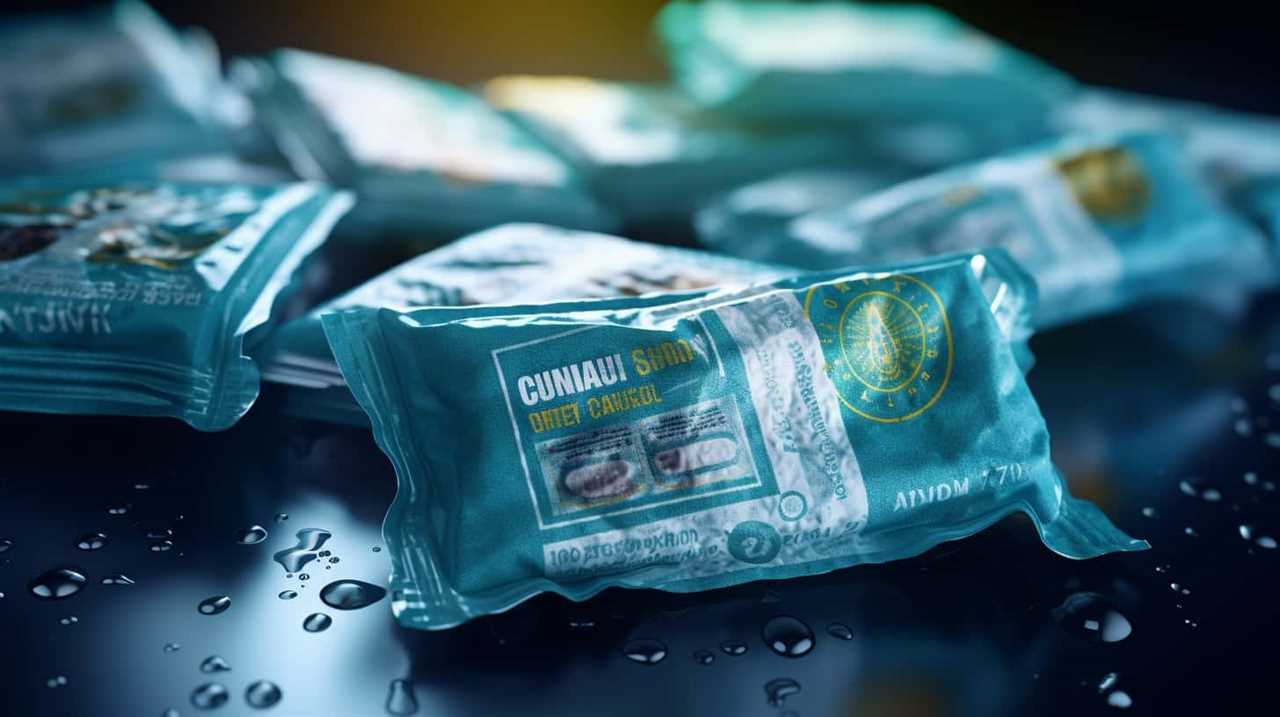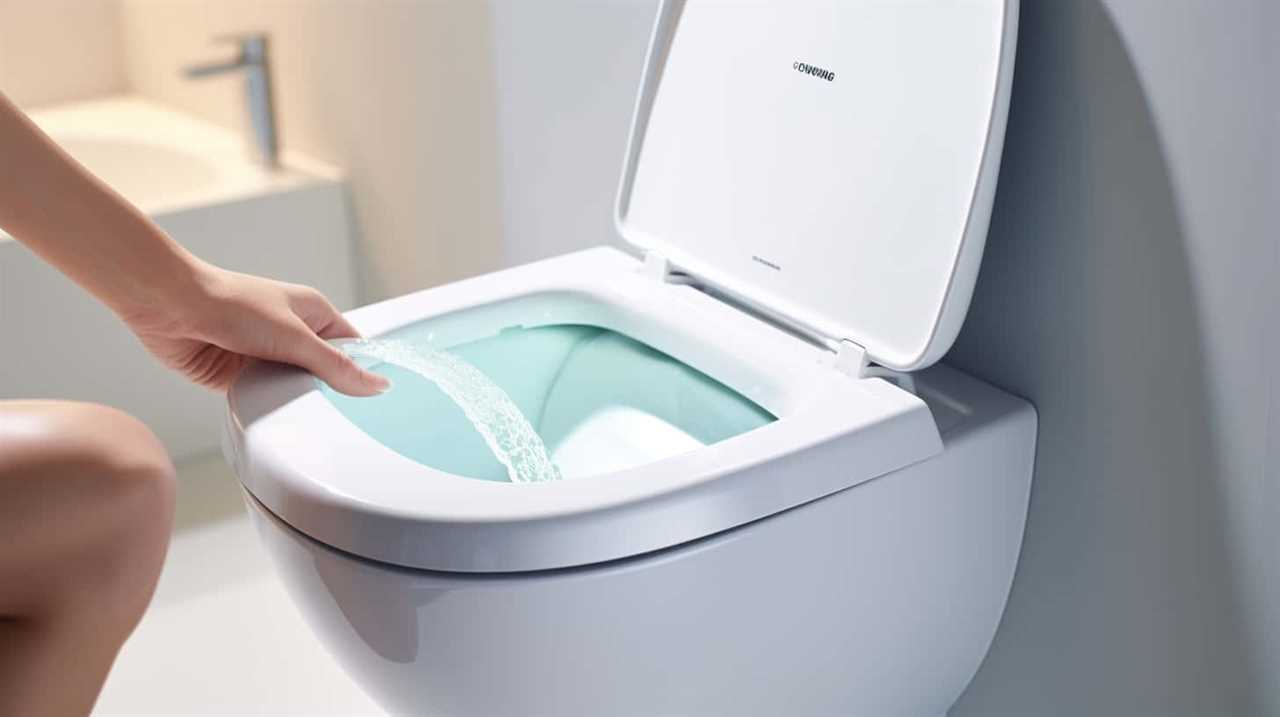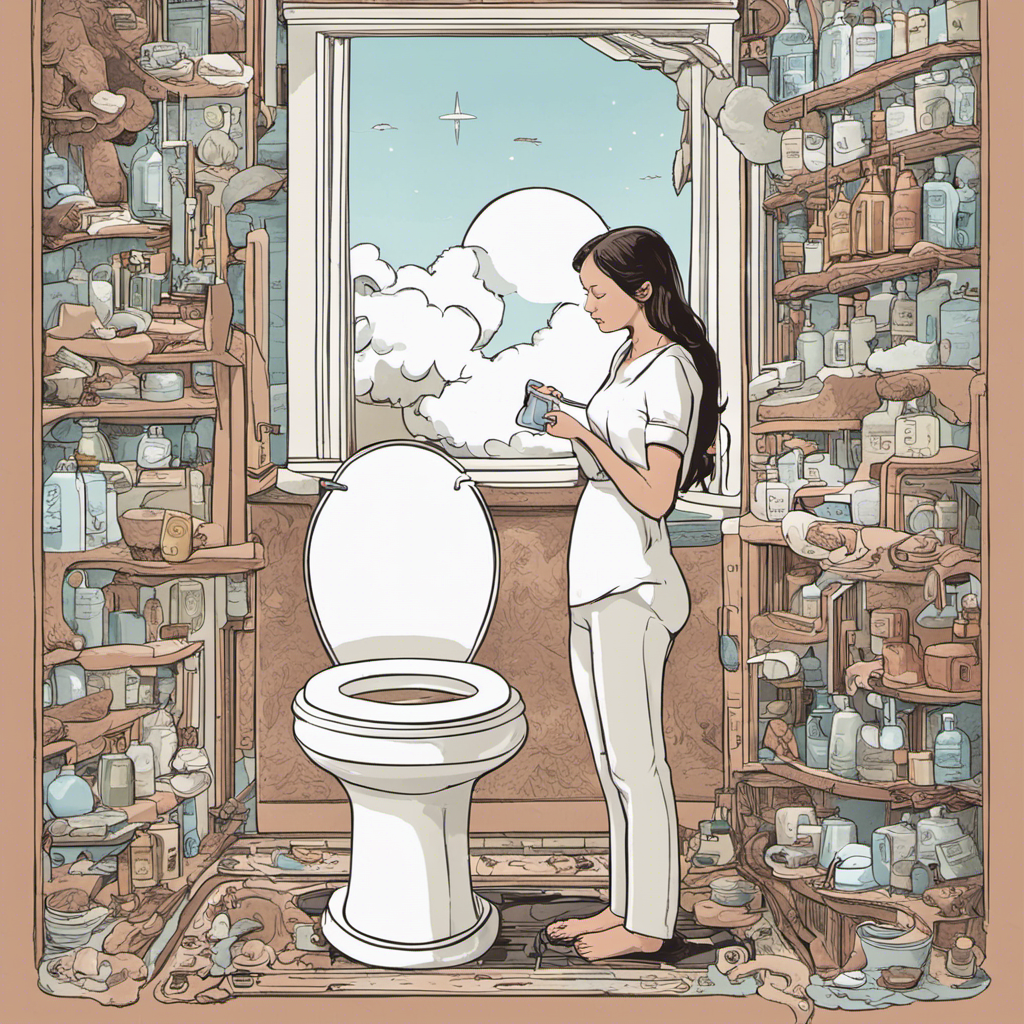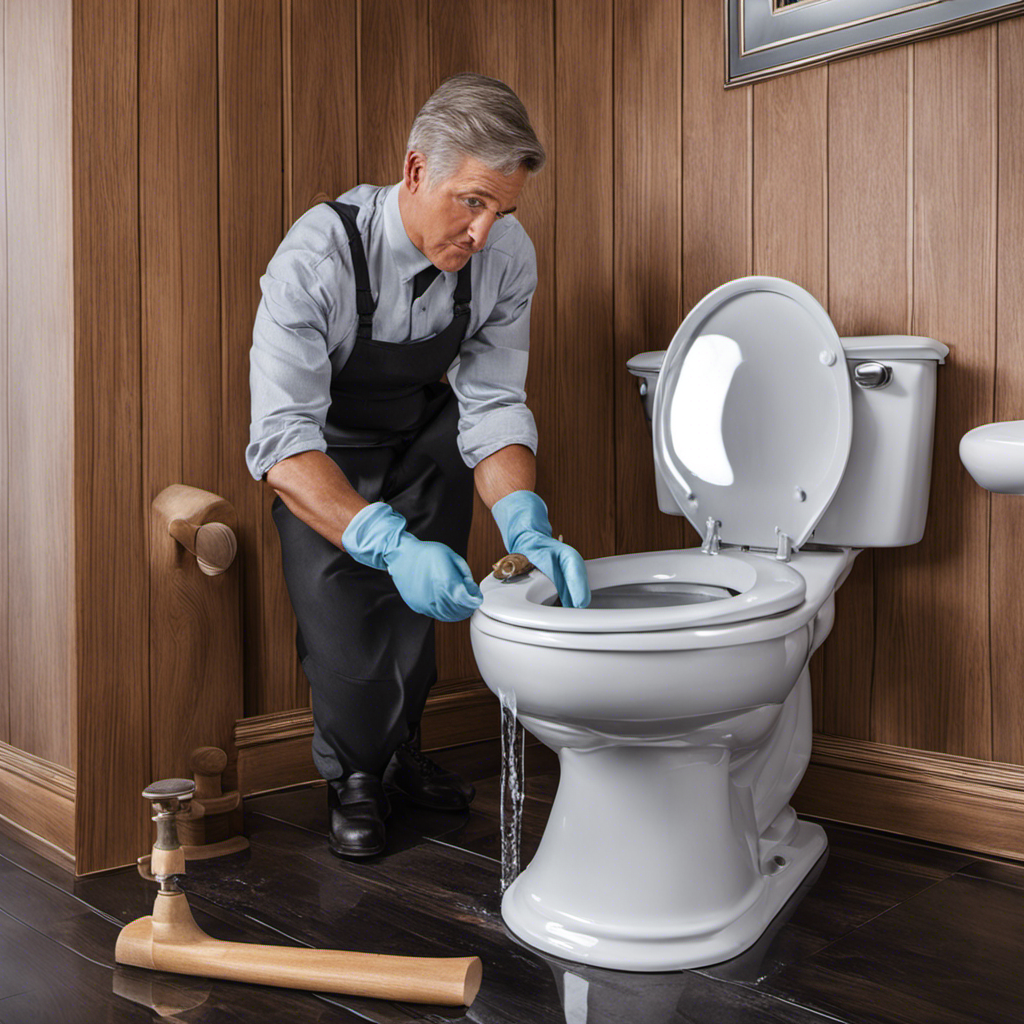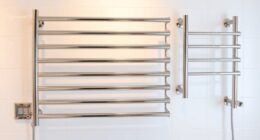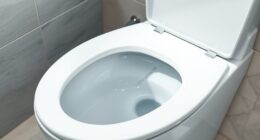We’ve got you covered! Wondering if toilet overflow is covered by homeowners insurance? Look no further.
In this article, we’ll break down the ins and outs of your coverage. From understanding what types of water damage are covered, to exclusions and limitations for toilet overflow incidents, we’ve got all the information you need.
We’ll even provide steps to take when dealing with a toilet overflow, as well as tips for preventing future incidents.
Let’s dive in and master your insurance knowledge!
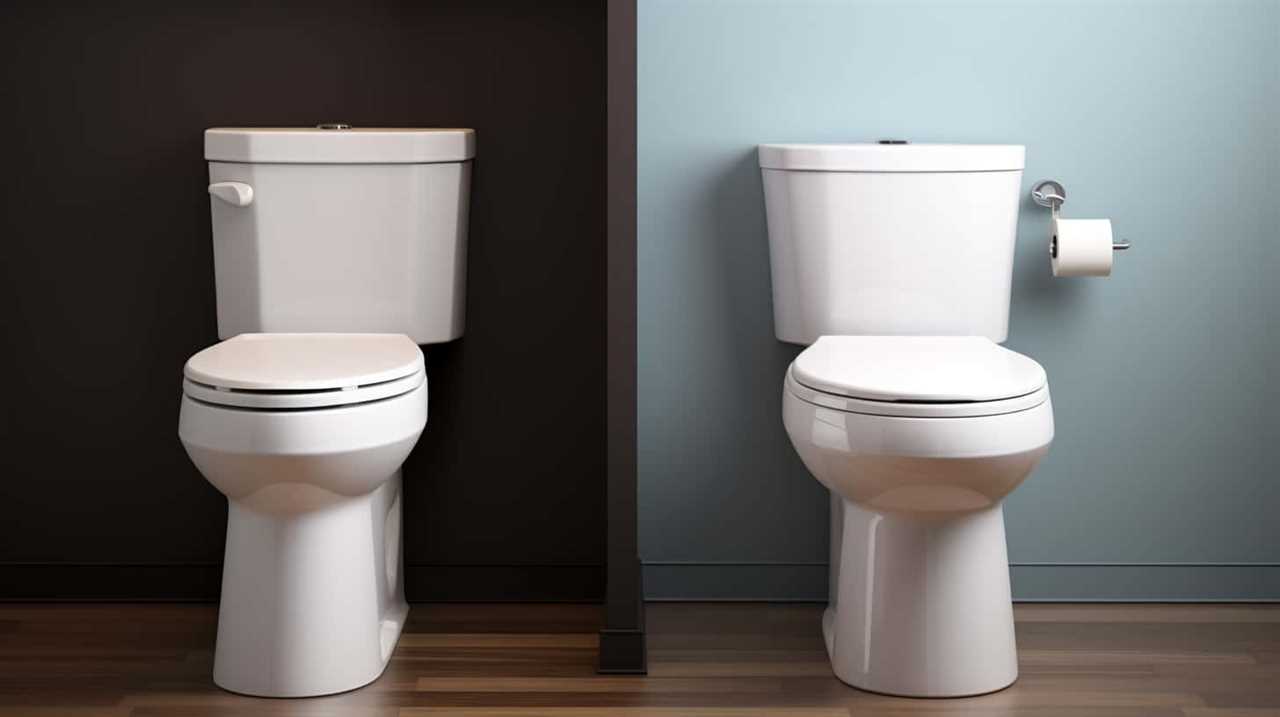
Key Takeaways
- Toilet overflow incidents may not be covered if they are due to maintenance issues.
- Some policies have coverage limits for water damage.
- Damage caused by floods or sewage backups is usually excluded and may require additional coverage.
- Reviewing the policy helps understand any exclusions and limitations.
Understanding Homeowners Insurance Coverage
When it comes to homeowners insurance, we need to understand the coverage it provides. There are some common misconceptions about homeowners insurance coverage that can lead to confusion.
One misconception is that homeowners insurance covers all types of damage to a home. However, homeowners insurance typically only covers specific perils, such as fire, theft, and certain natural disasters. Another misconception is that homeowners insurance covers the full cost of replacing personal belongings. In reality, there are limits and deductibles that may apply.
Several factors can affect homeowners insurance premiums. The location of the home is one important factor. Homes in areas prone to natural disasters or with a high crime rate may have higher premiums. The age and condition of the home can also impact premiums, as older homes may have a higher risk of damage. Other factors include the coverage limits and deductibles chosen, as well as the homeowner’s claim history.
It’s important to understand these factors and review your policy regularly to ensure you have the right coverage at the best possible price.
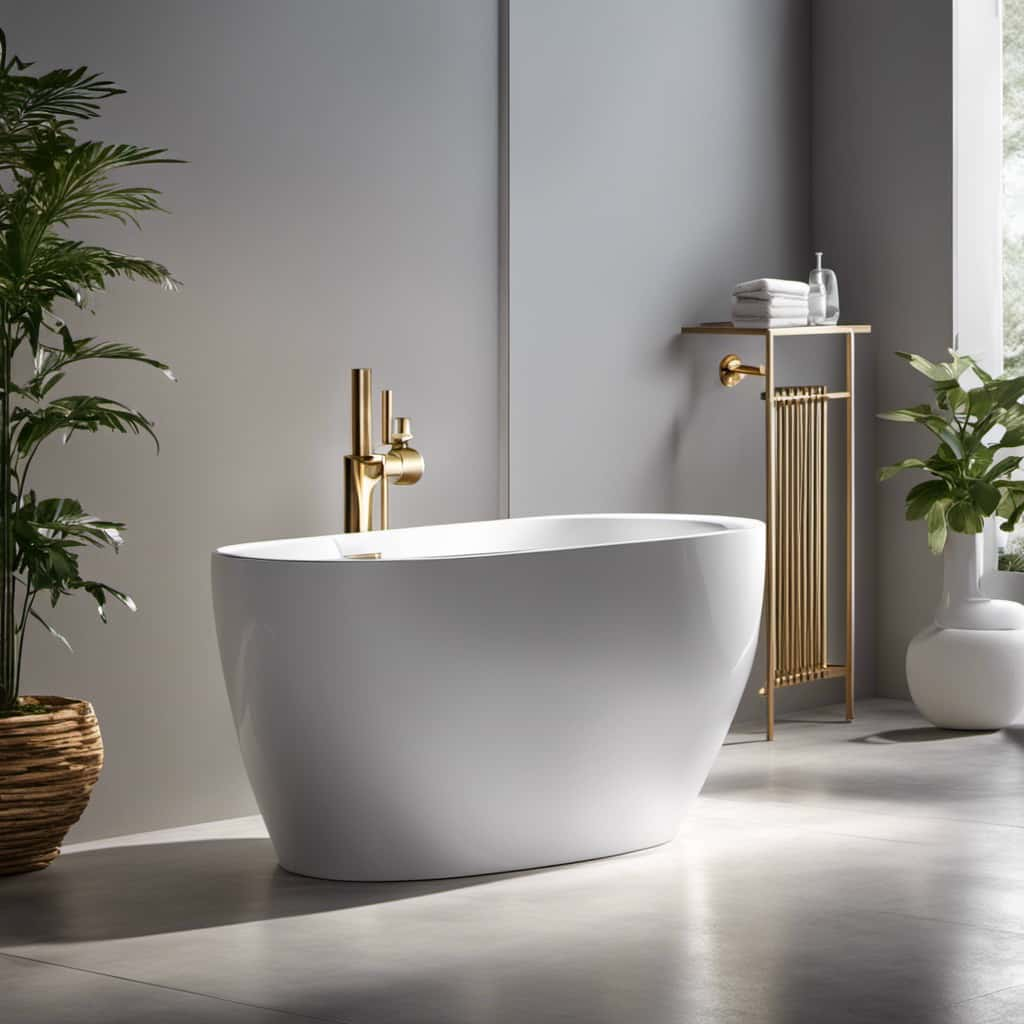
Types of Water Damage Covered by Insurance
Now let’s delve into the types of water damage that are covered by our homeowners insurance.
When it comes to insurance claims for water damage, it’s important to understand what’s included in our coverage. Here are three types of water damage that are typically covered by homeowners insurance:
- Burst pipes: If a pipe in our home bursts and causes water damage, our insurance policy should cover the cost of repairs and restoration.
- Leaky roof: If our roof develops a leak and causes water damage to our home’s interior, our insurance should cover the necessary repairs.
- Appliance malfunctions: If a malfunctioning appliance, such as a dishwasher or washing machine, causes water damage, our insurance should help cover the cost of repairs and any necessary water damage restoration.
Exclusions and Limitations for Toilet Overflow Incidents
Toilet overflow incidents may be subject to exclusions and limitations in homeowners insurance coverage.
While homeowners insurance typically covers water damage caused by sudden and accidental events, such as burst pipes or plumbing leaks, there are certain exclusions and limitations that may apply specifically to toilet overflow incidents.

For example, if the overflow is due to a maintenance issue, such as a clog or blockage that could have been prevented with regular maintenance, it may not be covered by insurance.
Additionally, some policies may have a limit on the amount of coverage provided for water damage, so it’s important to review your policy to understand any limitations that may apply.
It’s also worth noting that certain types of water damage, such as damage caused by floods or sewage backups, are typically excluded from standard homeowners insurance policies and may require additional coverage.
Steps to Take When Dealing With a Toilet Overflow
We should immediately address a toilet overflow incident by taking the following steps:
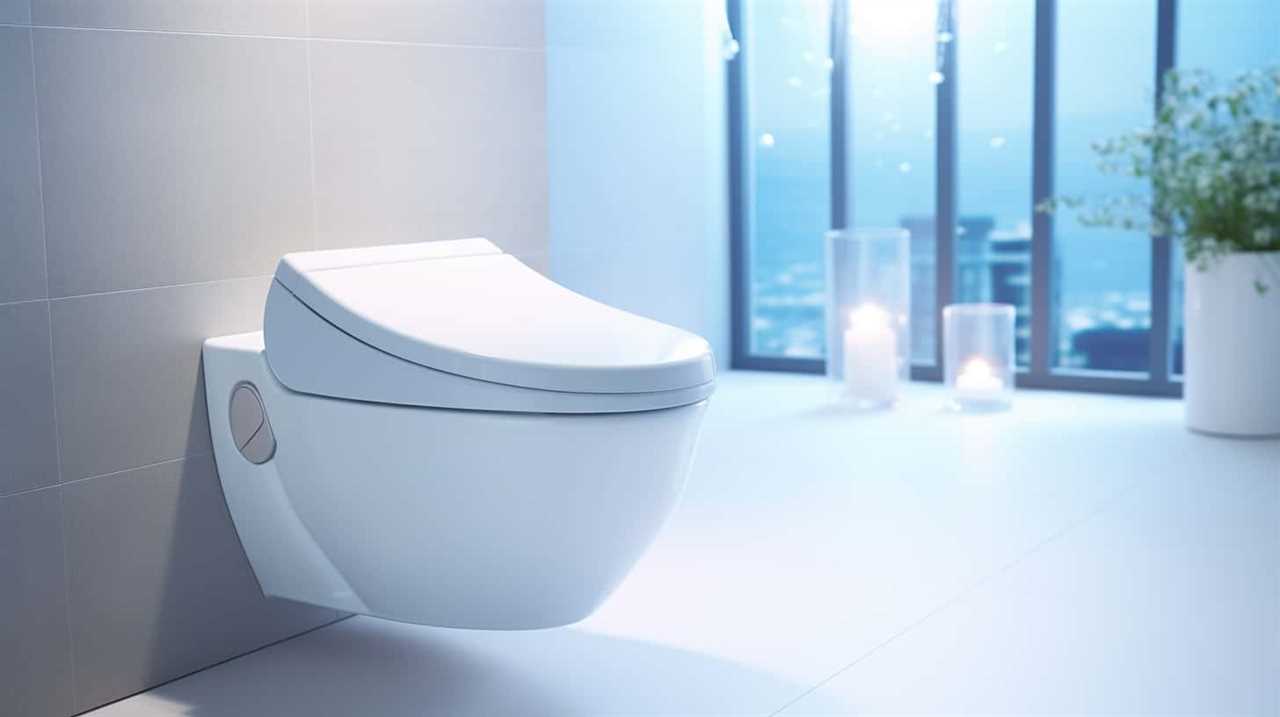
- Stop the water flow: The first thing to do is to turn off the water supply to the toilet. Locate the shut-off valve near the base of the toilet and turn it clockwise until it stops the water flow. This will prevent further damage and flooding.
- Clean up the mess: Use towels or a wet/dry vacuum to remove the excess water. Wipe down the affected areas, including the floor, walls, and any nearby furniture. Be sure to wear protective gloves to prevent any contamination.
- Call a professional plumber: While you can handle minor toilet overflows yourself, it’s recommended to hire a professional plumber for major incidents or if you’re unsure about the cause of the overflow. They have the expertise and tools to identify and fix any underlying plumbing issues.
Dealing with plumbing emergencies, such as a toilet overflow, can be stressful. By following these steps and considering hiring a professional plumber, you can minimize the damage and ensure a proper resolution to the issue.
Tips for Preventing Toilet Overflow Incidents
To prevent toilet overflow incidents, it’s essential to regularly maintain and inspect the plumbing system.
One of the most common causes of toilet overflow is a clogged drain. To avoid this, be careful about what you flush down the toilet. Avoid flushing large amounts of toilet paper, feminine hygiene products, or any other items that may cause a blockage.
Another common issue that can lead to overflow is a faulty fill valve. This is the mechanism responsible for refilling the tank after each flush. Regularly check the fill valve for any signs of wear or damage, and replace it if necessary. Additionally, ensure that the water level in the tank is properly adjusted to prevent overflow.
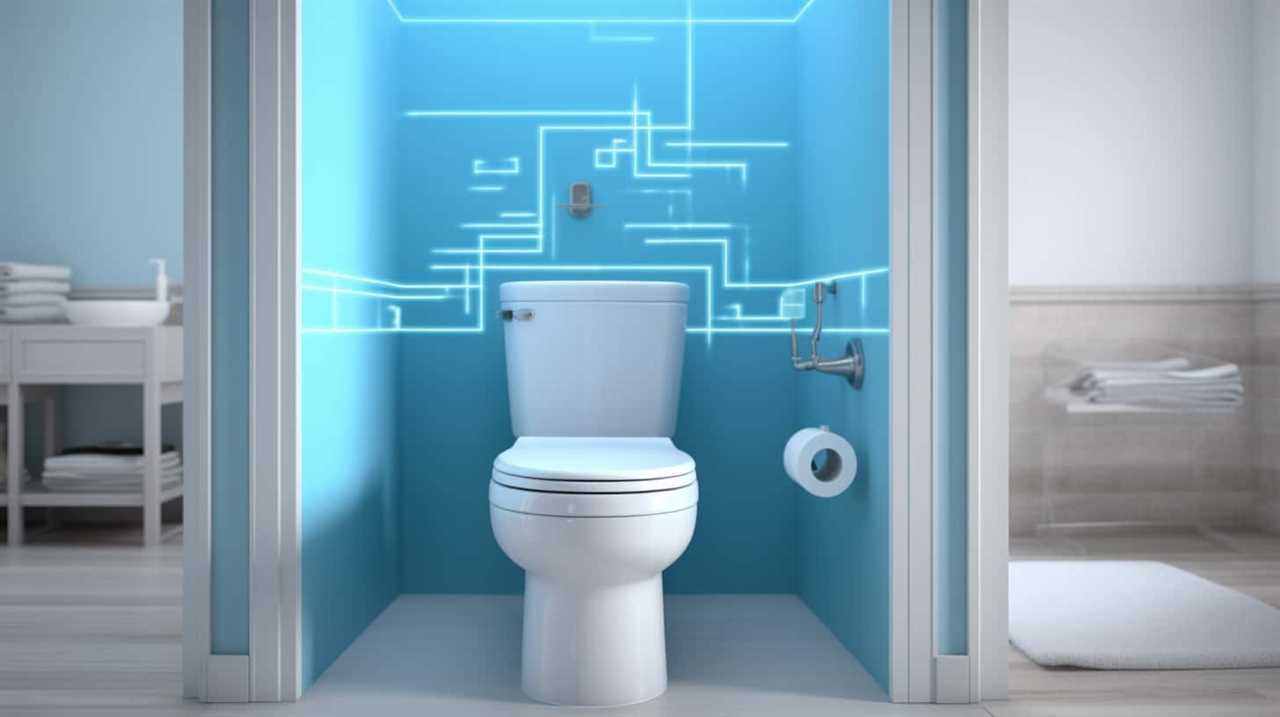
Frequently Asked Questions
How Long Do I Have to File a Claim for Toilet Overflow Damage With My Homeowners Insurance?
We have to file a claim for toilet overflow damage with our homeowners insurance within a certain timeframe. It’s important to know how long we have to ensure our claim is processed.
Can I Claim the Cost of Repairing or Replacing the Toilet as Part of My Homeowners Insurance Claim?
Yes, you can claim the cost of repairing or replacing the toilet as part of our homeowners insurance claim. The claim process is straightforward and our insurance coverage includes coverage for toilet overflow damage.
Will My Homeowners Insurance Cover Damage Caused by a Toilet Overflow if It Was Due to Negligence or Lack of Maintenance?
Yes, homeowners insurance typically covers damage caused by a toilet overflow due to negligence or lack of maintenance. To prevent toilet overflows, it’s important to address common causes such as clogged pipes or faulty mechanisms.
Are There Any Additional Coverages or Riders I Can Add to My Homeowners Insurance Policy Specifically for Toilet Overflow Incidents?
There are additional coverage options for toilet overflow incidents. You can add riders to your homeowners insurance policy. However, it’s important to take steps to prevent these incidents, such as regular maintenance and proper use.
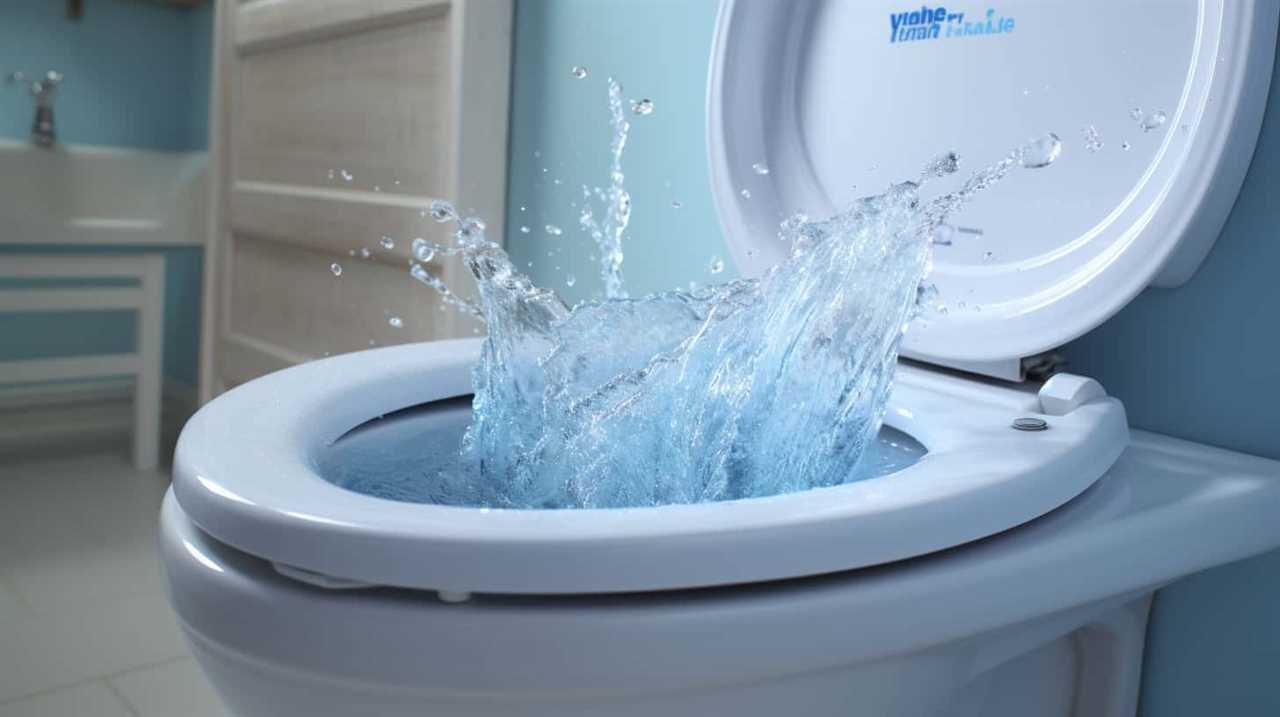
What Documentation or Evidence Should I Provide When Filing a Homeowners Insurance Claim for Toilet Overflow Damage?
When filing a homeowners insurance claim for toilet overflow damage, we should provide documentation such as photos of the damage, receipts for repairs, and any evidence of the cause. It is important to regularly maintain toilets to prevent overflow incidents.
Conclusion
In conclusion, homeowners insurance typically covers toilet overflow incidents, as they fall under the category of water damage. However, it’s important to review the policy for any exclusions or limitations.
Dealing with a toilet overflow can be a messy and stressful situation, but taking immediate steps such as turning off the water supply and contacting a professional can help mitigate the damage.
Remember to also take preventative measures to avoid future toilet overflow incidents.
